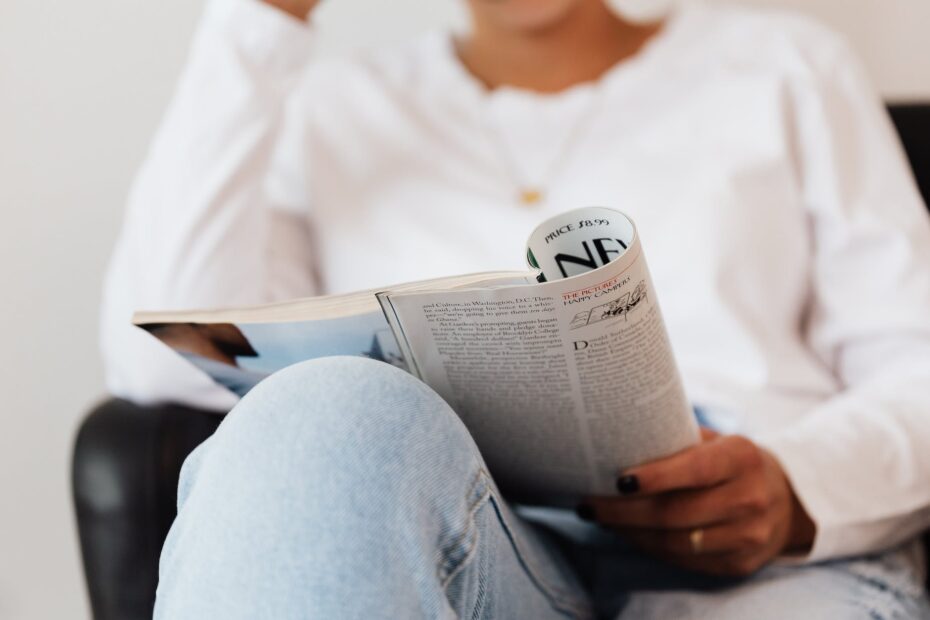Are you tired of dealing with the discomfort of chafing on your buttocks? Well, fret no more! We have cracked the code on chafing butt solutions that will leave you feeling blissfully relieved. Say goodbye to the burning sensation and hello to a more comfortable experience!
Chafing on the buttocks can be caused by a variety of factors, including moisture, clothing materials, and friction. But fear not, we are here to help you understand why it occurs and how to identify it. By gaining insights into the causes and symptoms, you’ll be better equipped to prevent and treat chafing.
Prevention is key when it comes to avoiding chafing on your booty. We’ll share practical tips and strategies to keep your buttocks irritation-free. From practicing proper hygiene to choosing the right clothing and lubrication, we’ve got you covered. Our goal is to provide you with effective methods that will keep you comfortable and chafe-free.
So, say goodbye to booty burn and hello to blissful relief. Discover the effective ways to prevent and treat chafing on your buttocks, and experience a more comfortable and enjoyable day-to-day life. Your buttocks will thank you!
Understanding Chafing
Understanding Chafing
Chafing on the buttocks can be an uncomfortable and irritating experience. It occurs when the skin rubs against itself or clothing, causing friction. This friction, combined with moisture and certain clothing materials, can lead to redness, soreness, and even painful blisters.
Moisture plays a significant role in chafing. Sweat, urine, and even excess moisture from tight clothing can create a perfect breeding ground for chafing. Additionally, certain clothing materials, such as rough fabrics or those that do not allow proper airflow, can exacerbate the problem.
Identifying chafing is crucial to finding the right solutions. Look out for signs like redness, tenderness, and a stinging sensation. Blisters or open sores may also develop in severe cases. If you experience these symptoms, it’s time to take action to prevent further discomfort.
To prevent chafing, it’s important to keep the affected area clean and dry. Opt for moisture-wicking fabrics that allow your skin to breathe. Applying a lubricant or anti-chafing cream can also help reduce friction. Remember, prevention is key to avoiding the discomfort of chafed buttocks!
Preventing Chafing
When it comes to preventing chafing on your buttocks, there are several practical tips and strategies you can employ to keep your skin irritation-free. One of the most important aspects is maintaining proper hygiene practices. Make sure to clean your buttocks thoroughly and dry them well after bathing or using the restroom. This helps to reduce moisture and prevent friction.
Another key factor in preventing chafing is choosing the right clothing. Opt for breathable fabrics that allow air circulation and minimize sweat buildup. Avoid tight-fitting clothes that can rub against your skin and cause irritation. Additionally, consider wearing moisture-wicking underwear or using powders to absorb excess moisture.
Lubrication can also play a crucial role in preventing chafing. Apply a thin layer of anti-chafing cream or petroleum jelly to the areas prone to friction. This creates a protective barrier and reduces the risk of irritation. Don’t forget to reapply as needed, especially during prolonged physical activity.
By following these practical tips and strategies, you can effectively prevent chafing on your buttocks and enjoy a more comfortable experience. Remember, taking proactive measures is key to keeping your skin irritation-free and achieving blissful relief.
Frequently Asked Questions
- What is chafing?
Chafing is the irritation and soreness that occurs when your skin rubs against itself or clothing. It commonly affects the buttocks due to friction and moisture build-up.
- What are the common causes of chafing on the buttocks?
Chafing on the buttocks can be caused by various factors including excessive sweating, tight or rough clothing, repetitive movements, and inadequate lubrication. These factors contribute to increased friction, leading to skin irritation.
- How can I prevent chafing on my buttocks?
To prevent chafing, ensure you keep the affected area clean and dry. Opt for moisture-wicking and breathable fabrics for your underwear and clothing. Applying a lubricant or anti-chafing balm can also help reduce friction. Additionally, avoid wearing tight or restrictive clothing that can exacerbate chafing.
- What are some effective treatments for chafing?
If you’re already experiencing chafing, it’s important to gently clean the affected area with mild soap and water. Applying a soothing cream or ointment can help alleviate discomfort and promote healing. It’s recommended to avoid further irritation by wearing loose-fitting clothing until the chafed skin has healed.
- When should I seek medical attention for chafing?
In most cases, chafing can be treated at home with self-care measures. However, if the chafed area becomes infected, shows signs of pus, or doesn’t improve within a few days, it’s advisable to consult a healthcare professional for proper evaluation and treatment.


Keith is originally from Truckton, Colorado. The 54-year-old cared for his overweight wife for many years. Keitch is also a freelance editor at antichafing.net and supports the team as a competent advisor. In his spare time Keith enjoys reading books, visiting his homeland and is a passionate product tester for well-known manufacturers.

